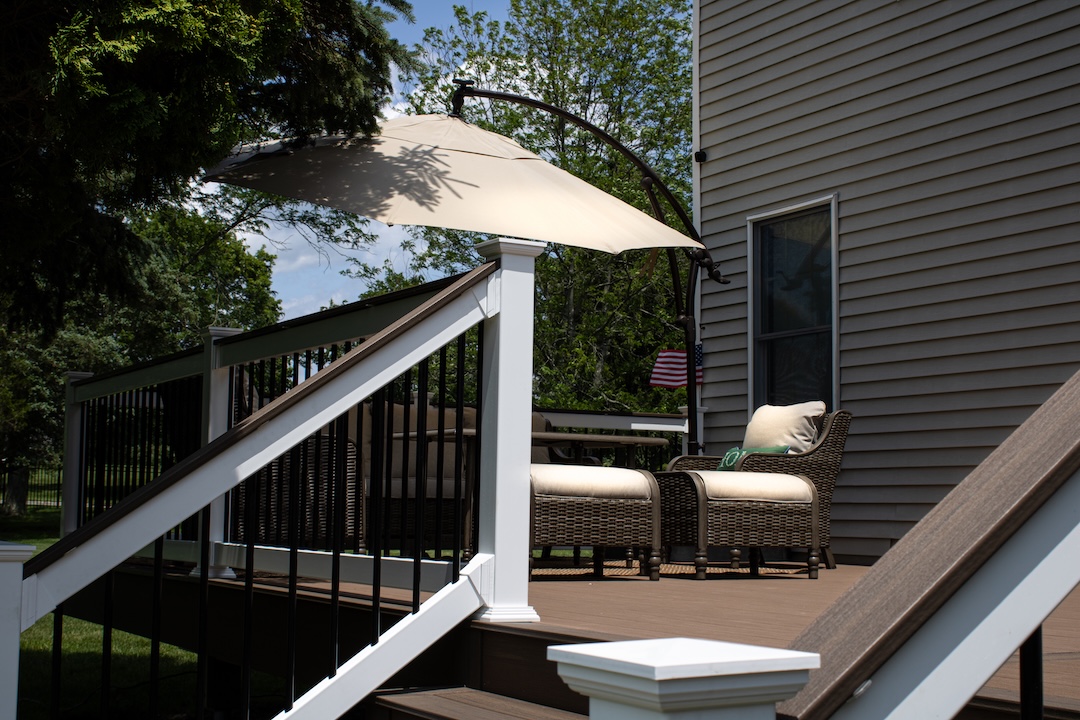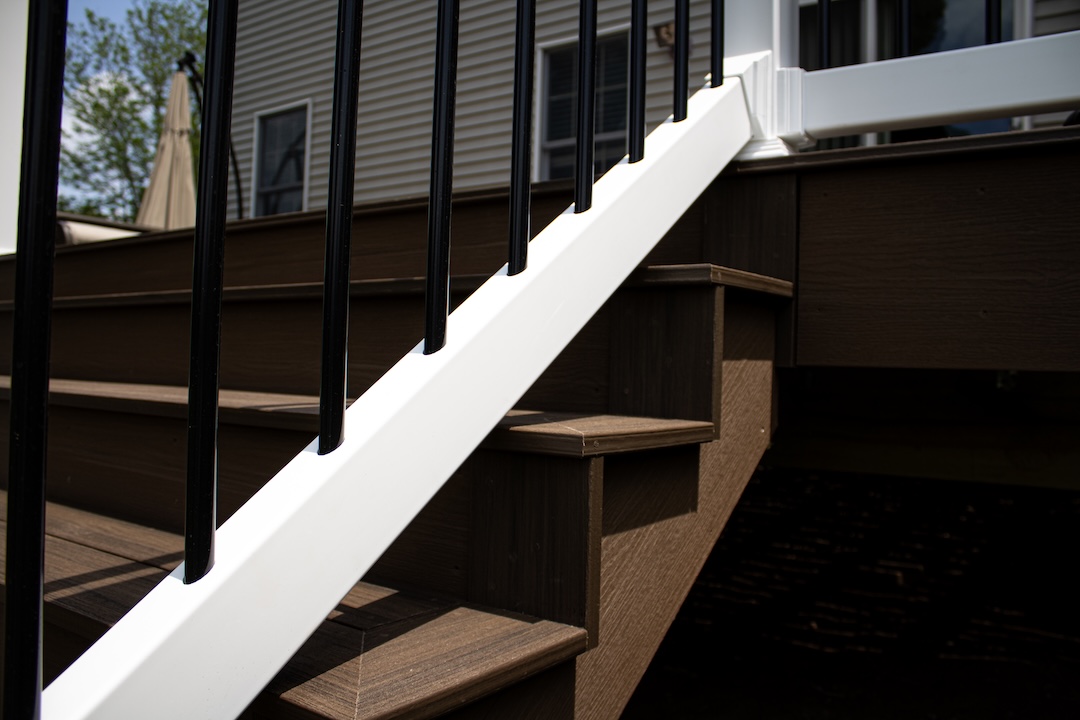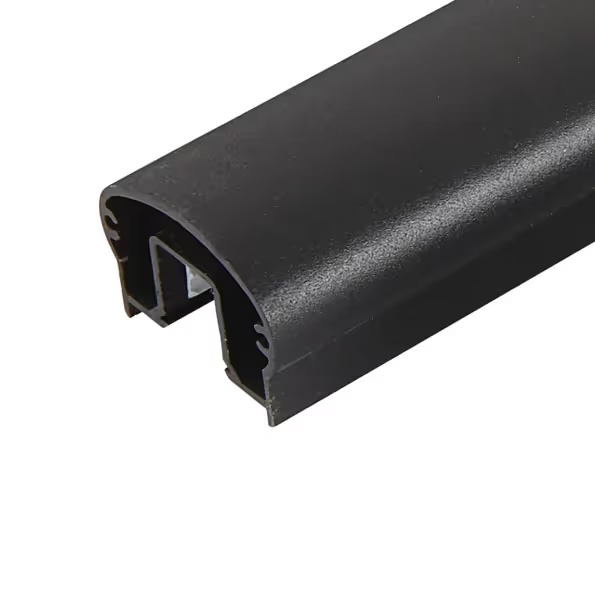The Best Deck Railings to Suit Any Style
Discover the best deck railing options for every style—from modern cable to classic wood. Learn how to choose railings that match your space, code, and vision.

Railings Are More Than Just a Safety Feature

When planning or upgrading your deck, railings are often the unsung hero. They serve a critical function—keeping your space safe and code-compliant—but they also define the edge of your view, frame your furniture, and set the tone for your entire outdoor aesthetic.
The right deck railing can take your design from standard to stunning. Whether you're aiming for sleek and modern or rustic and charming, there's a railing style to match your vision. In this guide, we’ll break down the most popular types of deck railings by style, material, and functionality—so you can choose the one that fits your life and your look.
Cable Railings: Clean Lines and Uninterrupted Views
Ideal for modern homes or decks with a view, cable railings offer a sleek, horizontal look that lets light and sightlines pass through. Made from tensioned stainless steel cables, this type of railing pairs well with wood, composite, or metal frames.
They’re especially popular for lake homes, rooftop decks, or properties with scenic backdrops. The minimal profile keeps the focus on your surroundings—not the railing itself.
While the look is low-profile, installation requires precision. Posts must be designed to handle cable tension, and spacing must follow local building codes. Still, the result is worth the effort if you're after a clean and contemporary vibe.
Glass Panel Railings: Open Space Without the Wind
For those who want transparency with a bit more structure, glass panel railings offer safety without sacrificing views. Whether framed or frameless, these panels provide a polished look that works with both modern and coastal designs.
One major benefit of glass: wind protection. This makes it an excellent choice for elevated decks or exposed areas where breezes can interrupt comfort.
However, glass panels do require regular cleaning to avoid smudges and water spots. They also reflect light, which can add sparkle—or glare—depending on your deck’s orientation.
Metal Railings: Versatile and Virtually Maintenance-Free

Powder-coated aluminum or steel railings offer strength, longevity, and surprisingly broad design flexibility. Choose slim vertical balusters for a classic look or square tube infills for a bold, industrial edge.
Metal railings are highly durable and resist rust, rot, and insects. Most systems come as pre-assembled panels or modular kits, making installation easier for DIYers and pros alike.
They’re also a top pick for pairing with composite decking—blending long-lasting materials across the board.
Wood Railings: Timeless and Customizable
If you want traditional charm or a custom look, wood railings offer unmatched versatility. You can shape, paint, or stain wood railings to match your decking or architectural style.
They can be built to suit a wide range of aesthetics—from farmhouse and craftsman to coastal and cabin-style homes. And while they require more maintenance than metal or composite options, many clients still choose wood for its warmth and authenticity.
Wood railings are also ideal if you want to incorporate a unique design, like decorative balusters, cutouts, or a two-tone finish.
Composite and Vinyl Railings: Low Maintenance, High Curb Appeal

Composite and vinyl railing systems provide the look of painted wood—without the annual upkeep. These options come in a variety of colors and profiles and are resistant to fading, cracking, and staining.
Composite railings often mimic real wood grain and are color-matched to popular decking lines. Vinyl railings tend to have a more uniform appearance and are particularly popular in white or tan shades for a clean, coastal aesthetic.
For homeowners who value low maintenance and a cohesive look, these materials check all the boxes.
Mixed Material Railings: Personalized and Modern
Can’t choose just one? Mixed material railings combine the best of multiple styles. Think metal posts with cable infill, wood top rails with glass panels, or composite bases with metal balusters.
This hybrid approach lets you personalize your deck while balancing cost, performance, and design. It’s a growing trend in outdoor living—and a great way to make your deck stand out.
Mixed railings also allow you to blend old and new. If you’re renovating an existing deck, combining new materials with original wood posts or handrails can bridge the style gap beautifully.
Choosing the Right Railing for Your Deck
When selecting a railing, consider:
- Your home’s architectural style
- Desired level of visibility and enclosure
- Local building codes (especially for height and spacing)
- Maintenance expectations
- Budget
Also think about how your railing will feel up close. Will guests lean on it while sipping drinks? Will it block a view when you’re seated? Is it easy to grip for climbing stairs?
The best railing system is one that complements your deck’s purpose as much as its appearance.
FAQs
Which railing requires the least maintenance?
Metal, vinyl, and composite railings are all low-maintenance. Powder-coated aluminum tends to require the least upkeep over time.
Are glass railings safe and up to code?
Yes, as long as they meet local safety standards for tempered glass and panel spacing. Most systems are designed to be code-compliant out of the box.
Can I install a new railing on an existing deck?
In many cases, yes. Be sure the existing framing and posts are strong enough to support the new railing system. Some retrofits may require reinforcement or additional blocking.
Edge Your Deck with Intention
Deck railings are more than boundaries—they’re extensions of your design language. The right railing doesn’t just protect your guests; it sets the mood, enhances the view, and gives your deck a finished look.
At Upgryd, we help clients select railings that suit their lifestyle, climate, and visual goals. Whether your dream deck is all clean lines or charming curves, we’ll help you frame it beautifully—and build it to last.







